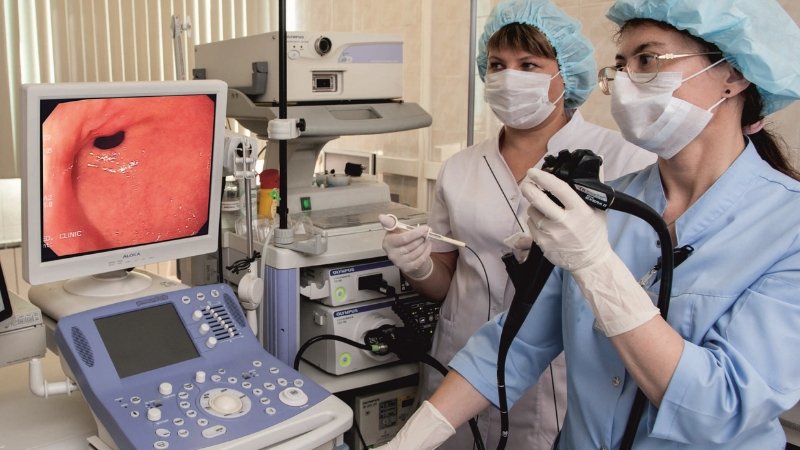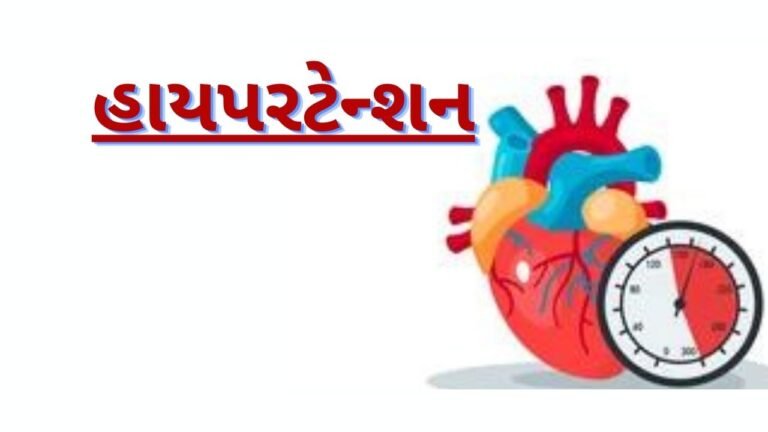IMPORTANCE OF TESTS
IMPORTANCE OF TESTS
IMPORTANCE OF TESTS
Well as now you’re a certified legal consultant you can deal with the patient’s medicinal doses and other required treatments. You need to go through their previous reports if available and suggest the medicines if the reports are not available then you’re required to ask them to conduct certain tests which are needed for them. Accordingly, being a doctorate in Naturopathy which is science itself, you have to deal with it scientifically with different techniques and methods. To find out what diseases, problems and issues the patient is facing and is diagnosed with so that accordingly they can deal with the required treatment and therapies.
FOLLOWING ARE THE BLOOD TESTS DONE:

CBC ESR TEST — RBC (Red Blood Cells), WBC (White Blood Cells), and platelets are counted as part of the CBC (Complete Blood Count) with ESR (Erythrocyte Sedimentation Rate) blood test. This examination is carried out to comprehend and identify all illnesses connected to blood and inflammation in your body. Anaemia, infections, inflammation, bleeding disorders, arthritis, and even cancer are examples of such illnesses.
SUGAR TEST — If you want to know if your blood sugar levels are within a healthy range, you can do a blood glucose test. It frequently aids in the diagnosis and management of diabetes. This will let you know about the count of sugar available in the blood.
LIVER FUNCTION TEST — It is a type of blood test, commonly referred to as liver panels examine various enzymes, proteins, and other chemicals produced by the liver. These tests examine your liver’s overall health.
KIDNEY TEST / RENAL FUNCTION TEST — Urine or blood tests called kidney function tests are used to assess how effectively your kidneys are functioning. The majority of these tests measure the GFR or Glomerular Filtration Rate. The GFR measures how well your kidneys remove waste from your body.
ROUTINE URINE TEST — A urine test is known as a urinalysis. It is used to identify and treat a variety of illnesses, including kidney problems, diabetes, and urogenital infections. A urinalysis involves examining the colour, consistency, and composition of urine.
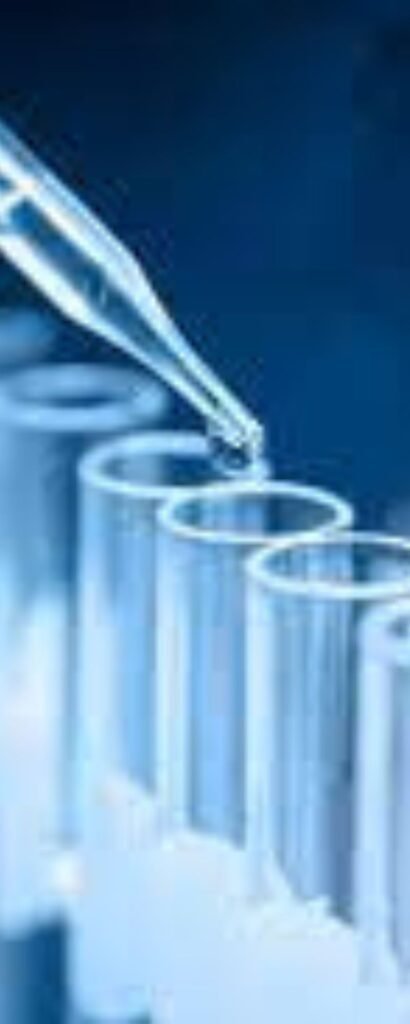
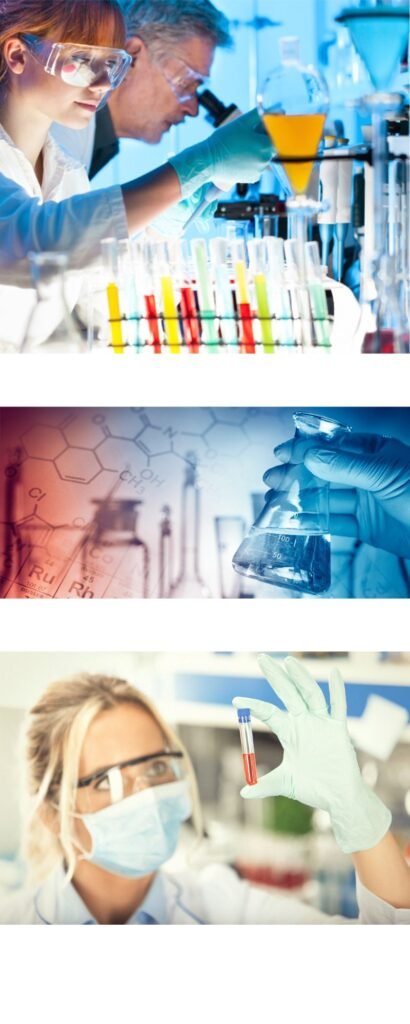
THYROID STIMULATING HORMONES TEST — A TSH test is used to find out how well your thyroid is working. It can tell if you have hyperthyroidism (too much thyroid hormone) or hypothyroidism (too little thyroid hormone) in your blood. But a TSH test can’t show what is causing a thyroid problem.
VITAMIN B12 AND D3 TEST — These tests are done to screen for the deficiency of two essential vitamins — Vitamin D total and Vitamin B12. In conditions like osteoporosis, anaemia, bone health, nerve health, and dullness.
SERUM IRON TEST — A serum iron test quantifies the level of iron in your blood. The liquid that remains in your blood after red blood cells and clotting components have been eliminated is called serum. The serum iron test can identify blood iron levels that are unusually low or excessive.
CALCIUM TEST — A blood test called serum calcium measures the level of calcium in the blood. In order to detect or track bone illnesses or problems of calcium control (diseases of the parathyroid gland or kidneys), serum calcium is typically monitored. The body is set to have a normal amount of calcium (somewhere between 8.6 to 10.3 mg/dL).
URIC ACID TEST — The amount of uric acid in your blood is determined by a uric acid blood test, commonly referred to as a serum uric acid measurement. The examination might reveal how well your body manufactures and excretes uric acid. When your body breaks down foods that contain organic components called purines, a substance known as uric acid is created.

REQUIREMENT OF FOODS FOR CALCIUM, IRON AND VITAMINS:
Sources of calcium include:
- milk, cheese and other dairy foods
- green leafy vegetables — such as curly kale, okra but not spinach (spinach does contain high levels of calcium but the body cannot digest it all)
- soya drinks with added calcium
- bread and anything made with fortified flour
- fish where you eat the bones — such as sardines and pilchards
Sources of iron include:
- nuts
- dried fruit
- wholemeal pasta and bread
- iron-fortified bread and breakfast cereal
- legumes (mixed beans, baked beans, lentils, chickpeas)
- dark leafy green vegetables (spinach, silver beet, broccoli)
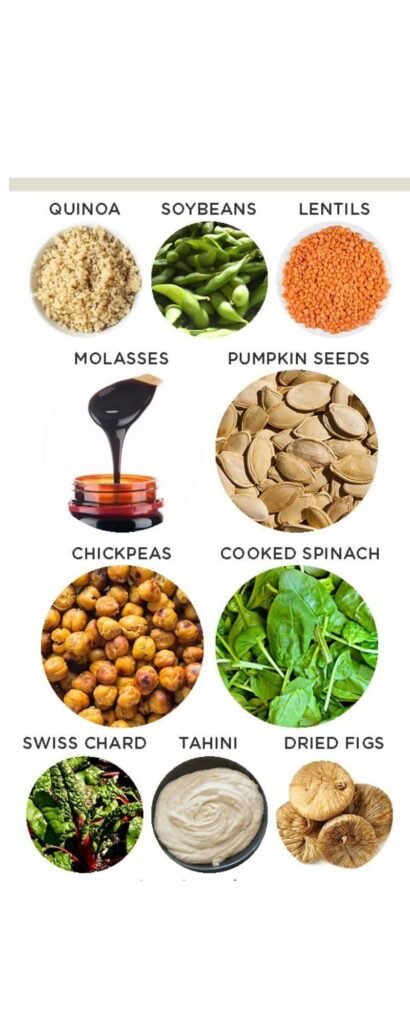
- oats
- tofu
- red meats (beef, lamb, veal, pork, kangaroo). The redder the meat, the higher it is in iron
- offal (liver, kidney, pate)
- poultry
- fish or shellfish (salmon, sardines, tuna)
- eggs
Sources of vitamins include fat and water-soluble ways:
Fat-soluble vitamins (vitamins A, D, E and K) are mainly found in:
- animal fats
- vegetable oils
- dairy foods
- liver
- oily fish


Water-soluble vitamins (vitamin C, the B vitamins and folic acid) are mainly found in:
- fruit and vegetables
- grains
- milk and dairy foods
HEART DISEASE TESTS:
ECG TEST- An electrocardiogram (ECG) is a quick test that can be used to examine the electrical activity and rhythm of your heart. It is done to find out the heart problems or the cholesterol of your heart.
2D ECHO TEST — Using this method, it is possible to “see” the heart’s true action. On the monitor, a cone-shaped 2-D echo image shows the real-time motion of the heart’s structures. This would enable the doctor to see the various heart structures at work and study them.
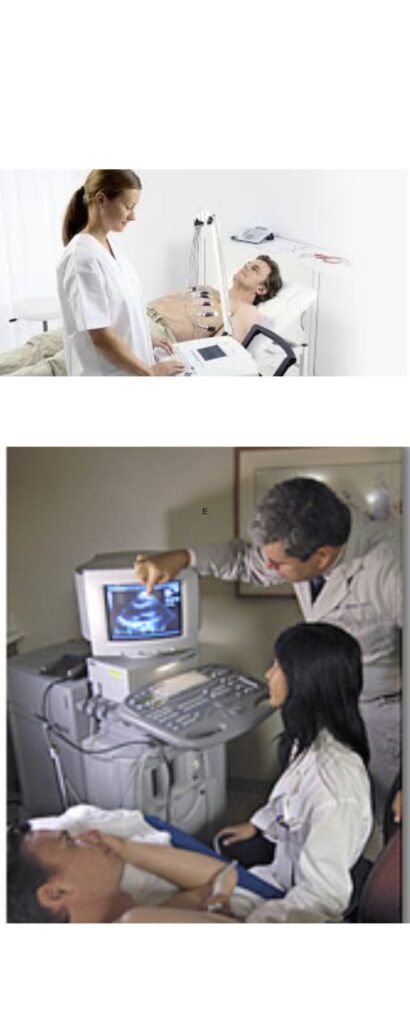
OTHER TESTS:
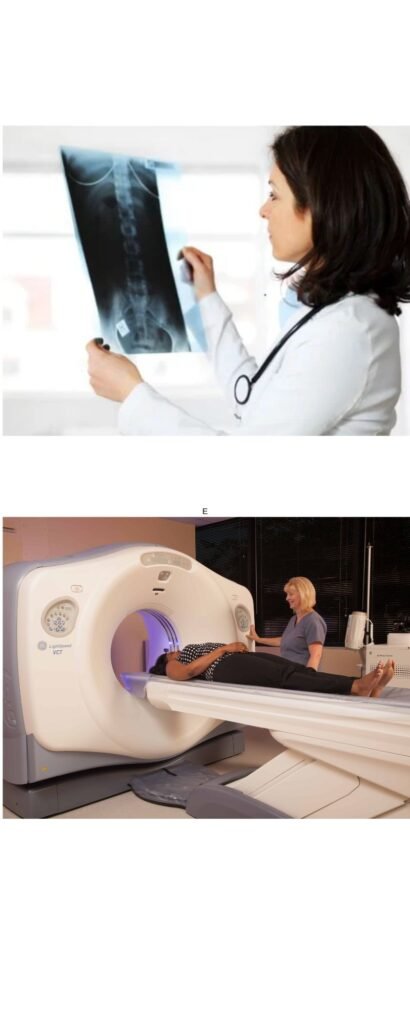
XRAY TEST — Most bodily parts can be examined with X-ray test. Though occasionally utilized to identify issues affecting soft tissue, such as internal organs, they are primarily used to examine bones and joints.
CT SCAN TEST — Through computer processing, cross-sectional images (slices) of the bones, blood vessels, and soft tissues inside your body are produced during a computerized tomography (CT) scan, which combines a number of X-ray images collected from various angles all over your body. Images from a CT scan offer more information than an X-ray would.
MRI TEST — Strong magnetic fields and radio waves are used in Magnetic Resonance Imaging (MRI), a form of scan, to provide precise images of the inside of the body.
CA125 TEST — In this test, the quantity of a protein known as CA-125 (cancer antigen 125) in a sample of your blood is determined. One form of tumour marker is CA-125. High blood levels of specific tumour markers could be an indication of cancer.
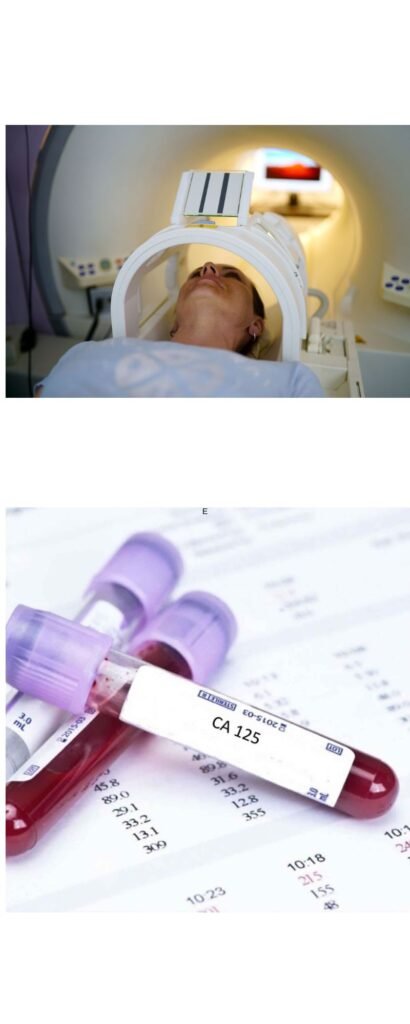
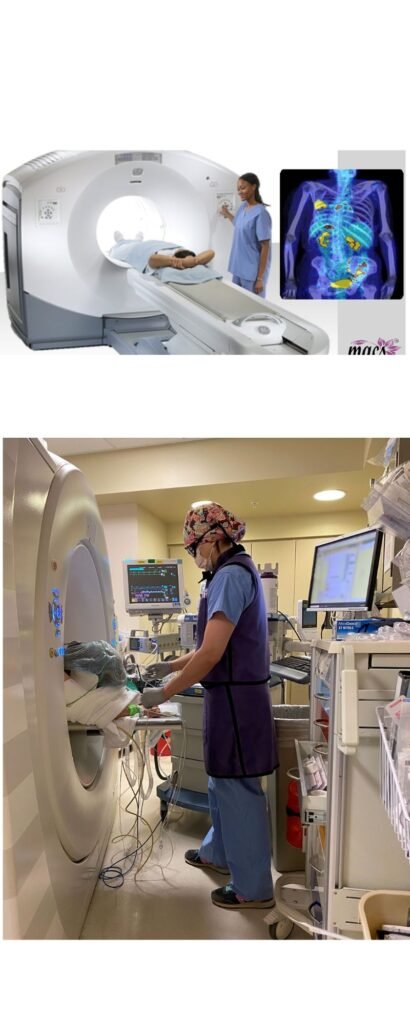
PETSCAN TEST — Imaging tests include positron emission tomography (PET) scans. To search for sickness in the body, it uses a radioactive material referred to as a tracer. A PET scan demonstrates the function of the organs and tissues. MRIs and CT scans are different from it. These examinations demonstrate the organ’s anatomy and blood flow to and from it.
BIOPSY TEST — In order to study a small sample of bodily tissue under a microscope, doctors perform a technique called a biopsy. Nearly any part of your body, including the skin, organs, and other structures, can be used to collect a tissue sample.
ENDOSCOPY TEST — A test to examine your internal organs is an endoscopy. An endoscope is a long, thin tube with a tiny camera inside that is inserted into your body through a natural opening, like your mouth. It is done for deep study.
